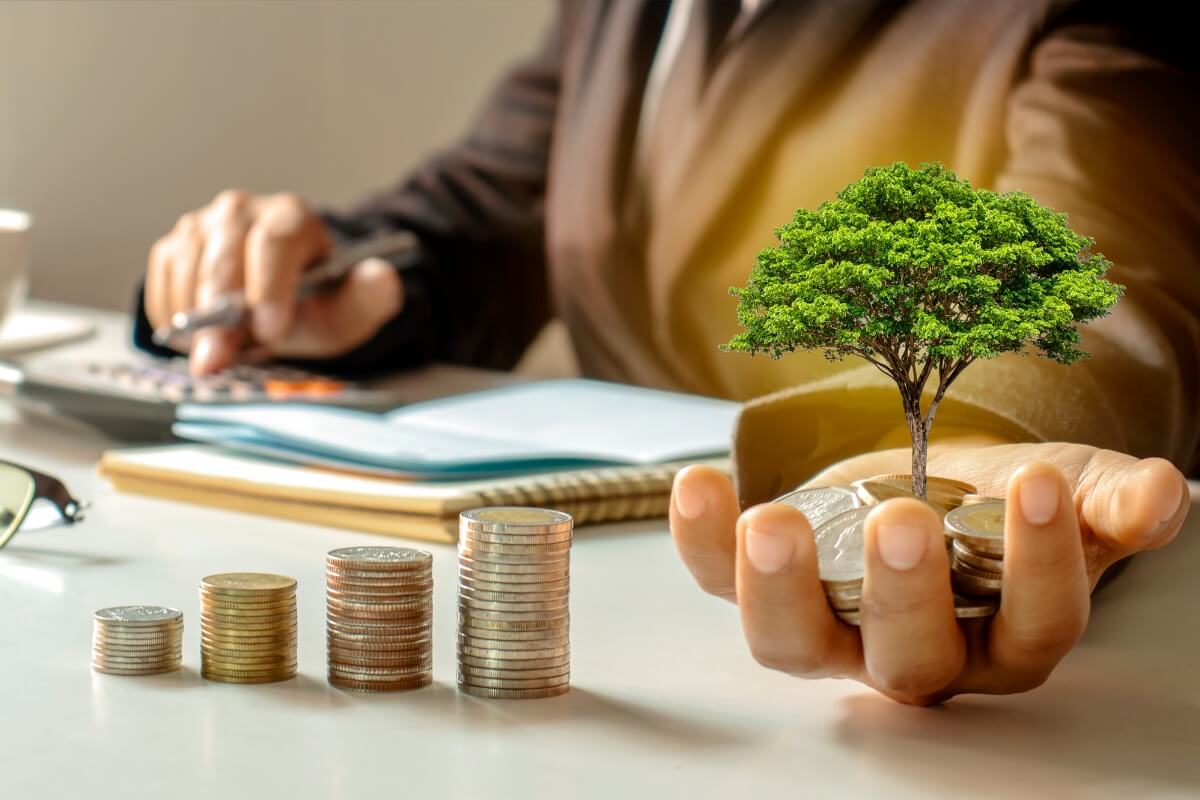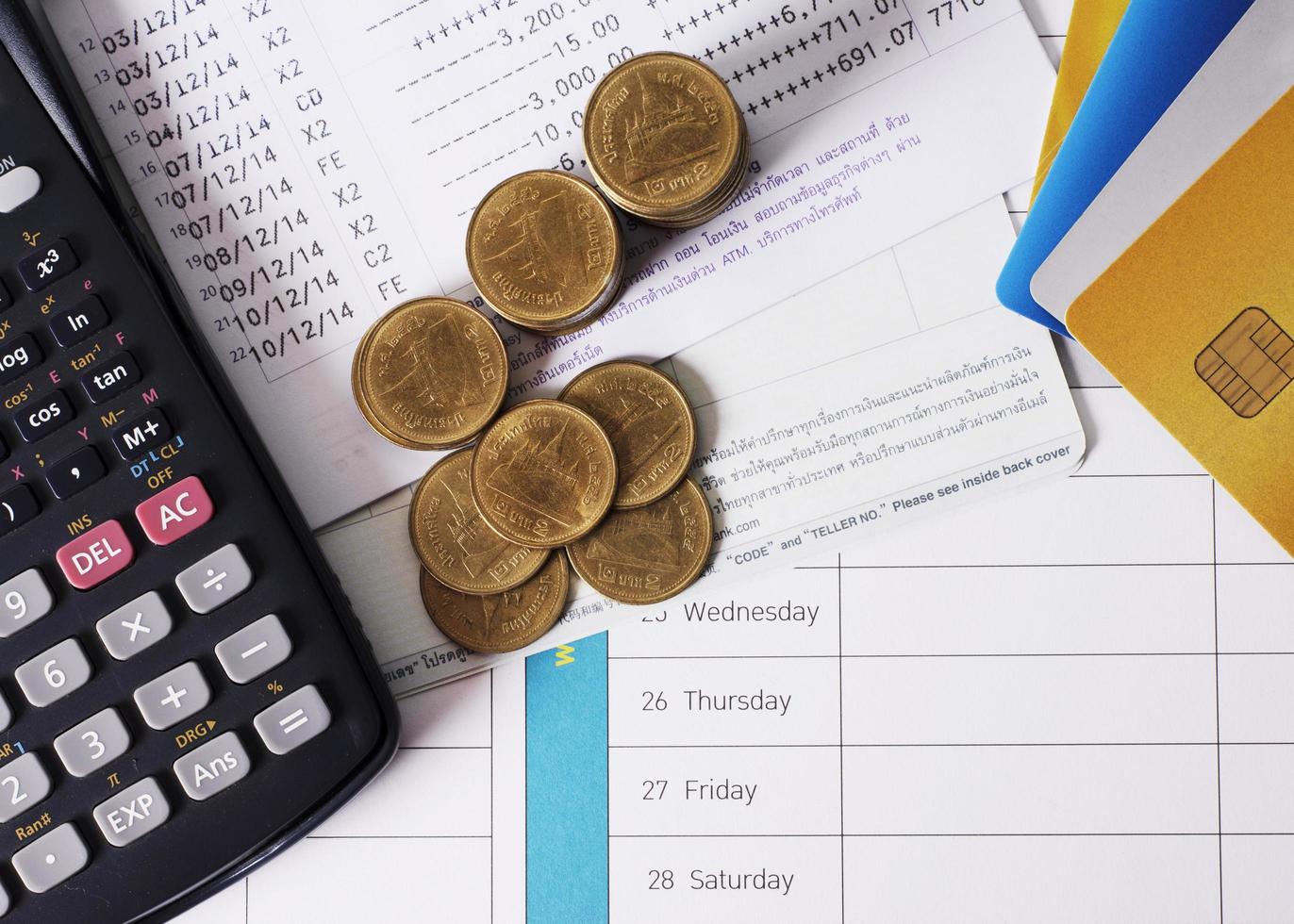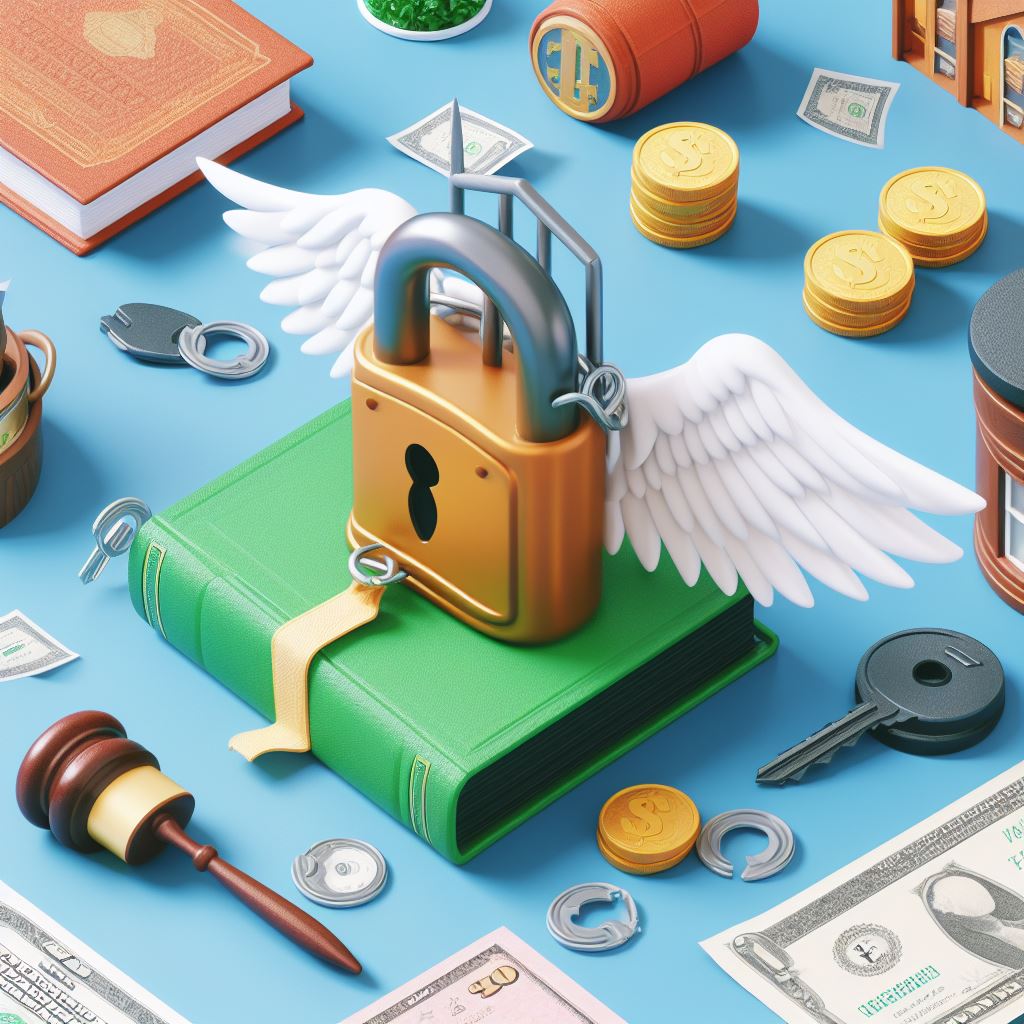The Importance of Emergency Funds and How to Build One

In life’s unpredictable journey, maintaining financial stability acts as a steadfast anchor amidst unforeseen challenges. An indispensable component of this stability is the establishment of an emergency fund. This article extensively explores the pivotal significance of cultivating emergency funds and offers a comprehensive guide on constructing one tailored to your financial objectives. Building and nurturing your emergency fund is a fundamental step towards fortifying your financial resilience in the face of unexpected storms.
Understanding the Essence of Emergency Funds
Life is Unpredictable: Life is replete with uncertainties, from unforeseen medical expenses to sudden car repairs. An emergency fund acts as a financial cushion, offering peace of mind when navigating these unexpected challenges.
Protection Against Debt: Without an emergency fund, individuals may resort to borrowing or accumulating debt to address urgent needs. Having a financial safety net prevents falling into the trap of high-interest debt.
Table: Common Emergency Fund Expenses
| Expense Category | Average Cost |
|---|---|
| Medical Emergencies | $1,000 – $5,000 |
| Car Repairs | $500 – $1,500 |
| Job Loss (3 months) | Variable |
| Home Repairs | $1,000 – $5,000 |
| Family Emergencies | Variable |
Building Your Emergency Fund: A Strategic Approach
Set a Realistic Goal: Determine the size of your emergency fund based on your monthly expenses and financial obligations. A common recommendation is to save three to six months’ worth of living expenses.
Start Small, Stay Consistent: Building an emergency fund is a gradual process. Begin by setting aside a small portion of your income each month. Consistency is key to reaching your savings goal over time.
Automate Your Savings: Make saving a seamless part of your financial routine by setting up automatic transfers to your emergency fund. This ensures that a portion of your income goes directly into your safety net.
Explore High-Yield Savings Accounts: Maximize the growth of your emergency fund by considering high-yield savings accounts. These accounts offer better interest rates, helping your savings grow more rapidly.
Reevaluate and Adjust: Regularly reassess your emergency fund goal as your financial situation evolves. Life changes, such as a new job or additional dependents, may warrant an adjustment to ensure your fund remains sufficient.
The Financial Freedom of Being Prepared
Having an emergency fund is not just about facing unexpected expenses; it’s about the financial freedom that comes with being prepared. With a well-padded emergency fund, you can weather unexpected storms without compromising your long-term financial goals.
Conclusion
In conclusion, an emergency fund is not a luxury but a necessity in the realm of personal finance. It acts as a shield, protecting your financial well-being during unexpected crises. By understanding its importance and strategically building one, you empower yourself to face life’s uncertainties with confidence and financial resilience.
“Explore a world of financial knowledge and discover best practices to strengthen your personal and business finances. Visit us at B2C Finance for valuable tips, expert insights and comprehensive guides. Your journey to financial excellence starts here!”




